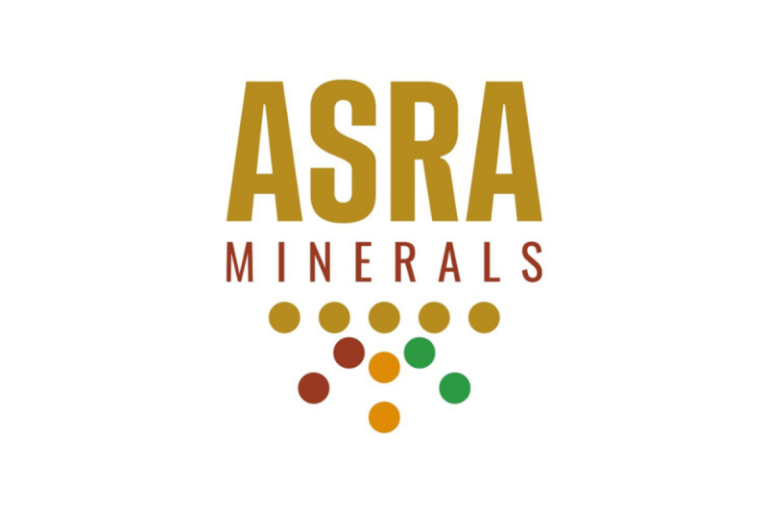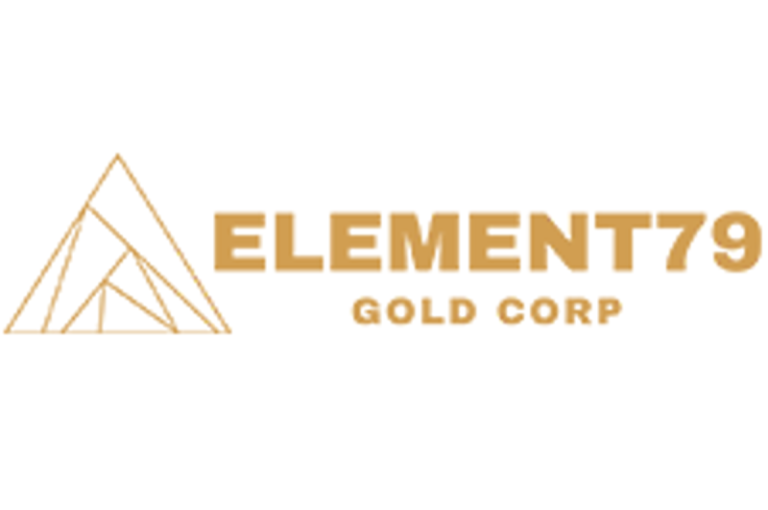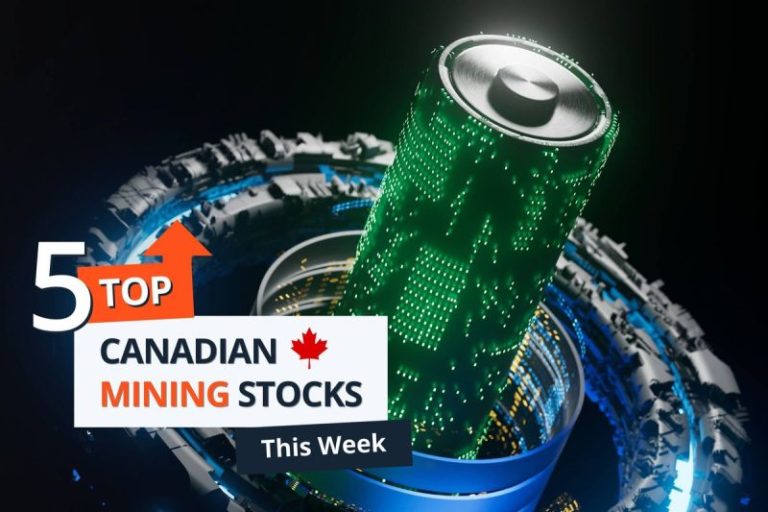Investor Insight
Asra Minerals is an emerging gold explorer with a compelling investment case as it focuses on strategic expansion and development of high-grade resources across its Leonora gold project in Western Australia.
Overview
Asra Minerals (ASX:ASR) is unlocking the potential of its portfolio of existing resources and underexplored prospects within Western Australia’s renowned Leonora Goldfields. The company controls one of the largest and most prospective land positions in the district, strategically surrounded by high-profile gold producers such as Genesis Minerals’ (ASX:GMD) with its 8.9 million oz (Moz) Leonora Operations; Vault Minerals (ASX:VAU), which operates the 1.9 Moz Darlot mine and 4.1 Moz King of the Hills mine; and Northern Star (ASX:NST), which operates the 4.2 Moz Thunderbox mine.
With existing JORC 2012 resources of 200,000 oz gold and a clear strategy to reach 500,000 oz in the near-term, Asra Minerals is leveraging its 936 sq km Leonora landholding in one of Australia’s most prolific gold belts. Asra’s tenements span 75 km of strike length, including two primary zones – Leonora North and Leonora South – each with resource-stage projects, brownfields upside and newly identified high-priority drill targets.
A strategic reset in late 2024 led to a new CEO, technical team and drilling strategy aimed squarely at resource growth and project consolidation. With global unrest supporting sustained high gold prices and WA’s regulatory stability, Asra’s ground – historically underexplored and fragmented – is now primed for discovery, growth and value creation.
Company Highlights
- District-Scale Gold Project in Tier-One Jurisdiction: 936 sq km landholding in WA’s Leonora region, proximal to more than 15 Moz of gold resources across neighboring major mines.
- JORC Resource of 200 koz at 1.8 g/t gold: Existing resource includes high-grade shallow mineralization at Orion, Sapphire, Mt Stirling and Stirling Well.
- Aggressive Growth Strategy: Targeting >500 koz resource base in 2025 through near-resource and greenfield drilling.
- Ongoing Exploration: Systematic exploration underway across the portfolio with multiple high-priority targets identified for further follow-up.
- New High-impact Leadership: Rebuilt management and technical team in late 2024, including renowned gold discoverers behind Gruyere (6.2 Moz) and Raleigh (1 Moz).
- Undervalued Opportunity: With a ~$10 million market cap, Asra offers substantial re-rating potential amid rising gold prices and renewed institutional interest.
Key Project
Leonora Gold Project
Asra Minerals’ flagship Leonora gold project spans more than 936 sq km in Western Australia’s prolific Eastern Goldfields. The asset is subdivided into the Leonora North and Leonora South project areas. The region hosts multiple world-class gold operations, including Genesis Minerals’ Leonora operations, Vault Minerals’ King of the Hills, and Northern Star’s Thunderbox mine, all within trucking distance. Asra’s tenements lie along the highly prospective granite-greenstone contacts and major fault systems such as the Ursus Fault, known for controlling high-grade orogenic gold mineralization.
Leonora South
The Leonora South project is 549 sq km with eight granted mining leases, located within the historic Kookynie goldfields. This area is host to numerous high-grade deposits, including Genesis Minerals’ Ulysses Hub (~2 Moz gold). Asra is focused on the Sapphire and Orion open pit deposits, which together comprise a JORC 2012 inferred resource of 48,014 oz grading at 2.2 grams per ton (g/t) gold. High-grade intercepts include standout results such as 166 g/t gold over 6 m from 135 m, including 248.8 g/t gold over 4 m (Sapphire), and 46.4 g/t gold over 4 m from 3 m (Orion), demonstrating a potential for bonanza-grade extensions at depth.
Diamond drilling completed in Q4/2024 confirmed down-dip continuity of high-grade gold zones approximately 30 to 50 m below historical intercepts, with assays such as 47.95 g/t gold over 1 m from 115.2 m, 23.12 g/t gold over 1 m from 148.7 m, and 23.97 g/t gold over 0.8 m from 161.2 m. A new 1,300 m RC and diamond-tail drilling program commenced in Q2/2025 to test these high-priority targets, aiming to significantly increase the resource base. The mineralized quartz veins at Sapphire and Orion trend east-northeast and dip steeply – 50 to 80 degrees – southwards and remain open at depth and along strike.
Exploration across Leonora South has identified 21 high-priority targets, of which 15 have never been drill tested. These were derived from detailed 2025 airborne magnetics, structural reinterpretation and geochemical mapping. Planned work includes follow-up aircore and RC drilling to expand the mineralized footprint, including at Gladstone and Jessop Creek, with approvals already received from the Department of Energy, Mines, Industry Regulation and Safety.
Leonora North
Situated 40 km northeast of Leonora and just 5 km from Vault’s King of the Hills mine, Leonora North is a brownfields gold asset with significant exploration and expansion potential. The area lies within the Eastern Goldfields Superterrane of the Yilgarn Craton and is hosted along the structurally controlled Ursus Fault Zone, a major gold-bearing shear corridor. The project contains multiple zones with a total JORC 2012 resource of 152,000 oz grading at 1.7 g/t gold, including:
- Mt Stirling–Viserion Deposit: 2.16 Mt @ 1.6 g/t gold for 111,000 oz (inferred), plus 391,000 t @ 2.1 g/t for 26,000 oz (indicated).
- Stirling Well: 198,000 t @ 2.3 g/t gold for 15,000 oz (inferred).
The Mt Stirling resource remains open along strike and at depth, with high-grade shoots identified to the north. The flat-lying Stirling Well orebody has potential for parallel lodes and deeper extensions into mafic host rocks. A major aeromagnetic and litho-structural reinterpretation, completed in December 2024, identified +20 high-priority gold targets across the northern strike extensions. Several of these are situated adjacent to the historically mined Diorite King Mine, which reportedly produced at high grades. The untested 12 km Ursus Fault corridor remains a key focus, with ~9 km still unexplored.
Importantly, Asra secured 100 percent ownership of the Mt Cutmore prospect in May 2025, consolidating a highly strategic zone within the Mt Stirling region. This acquisition covers multiple live and pending tenements, and enhances Asra’s ability to deploy a focused drilling campaign across the Leonora North project area. Drill permits have been secured, and both AC and RC programs are planned for H2/2025 to evaluate new geophysical anomalies, follow up on known mineralization, and grow the current resource base.
Management Team
Paul Stephen – Managing Director
A seasoned mining executive, Paul Stephen has held various executive and directorship roles across ASX and LSE-listed companies prior to joining Asra. He was a co-founder and executive director of Crusader Resources, where he was instrumental in the discovery, development and operation of the Posse Iron Ore mine in Brazil. During his tenure, he oversaw the delineation of over 2.6 million ounces of gold, significantly contributing to Crusader’s market capitalization exceeding AU$160 million.
Paul Summers – Non-executive Chair
Paul Summers has been a legal practitioner since 1985, and founded his own firm, Summers Legal in 1989. He has been Asra’s counsel for more than 10 years and has provided extensive advice and service during the recent takeover of Cascade Resources. Summers is currently lead counsel – commercial, corporate and property of Summers Legal and is familiar with the company’s affairs, projects and strategy.
Mathew Longworth – Non-executive Director
Mathew Longworth is a geologist with over 35 years’ experience in large projects, exploration and discoveries in Australia, Greenland, Africa, South America and the Pacific. He is currently chairman of Ardea Resources and Greenfields Exploration, and non-executive chairman of Northam Resources. As a director and chairman, he has guided companies through challenging corporate times including IPO listings, takeovers, major capital raisings, 249D notices and joint venture negotiations while maximizing value for shareholders.
Leonard Math – Non-executive Director, Chief Financial Officer and Company Secretary
Leonard Math is a chartered accountant with more than 15 years of resource industry experience. He was an auditor at Deloitte and is experienced with public company responsibilities including ASX and ASIC compliance, control and implementation of corporate governance, statutory financial reporting and shareholder relations. He previously held company secretary and directorship roles for a number of ASX listed companies.
Ziggy Lubieniecki – Technical Consultant
Ziggy Lubieniecki is a highly experienced geologist with over three decades of expertise spanning exploration, mining, management, property acquisition and company listings. His previous senior roles include chief mine geologist at Plutonic, exploration manager at Australian Platinum Mines, and executive director at Gold Road Resources. Along with a successful exploration track record, Lubieniecki is credited for the discovery of the 6.2 Moz Gruyere gold deposit.





